Sacrifice of Isaac
George Segal
1973
Image
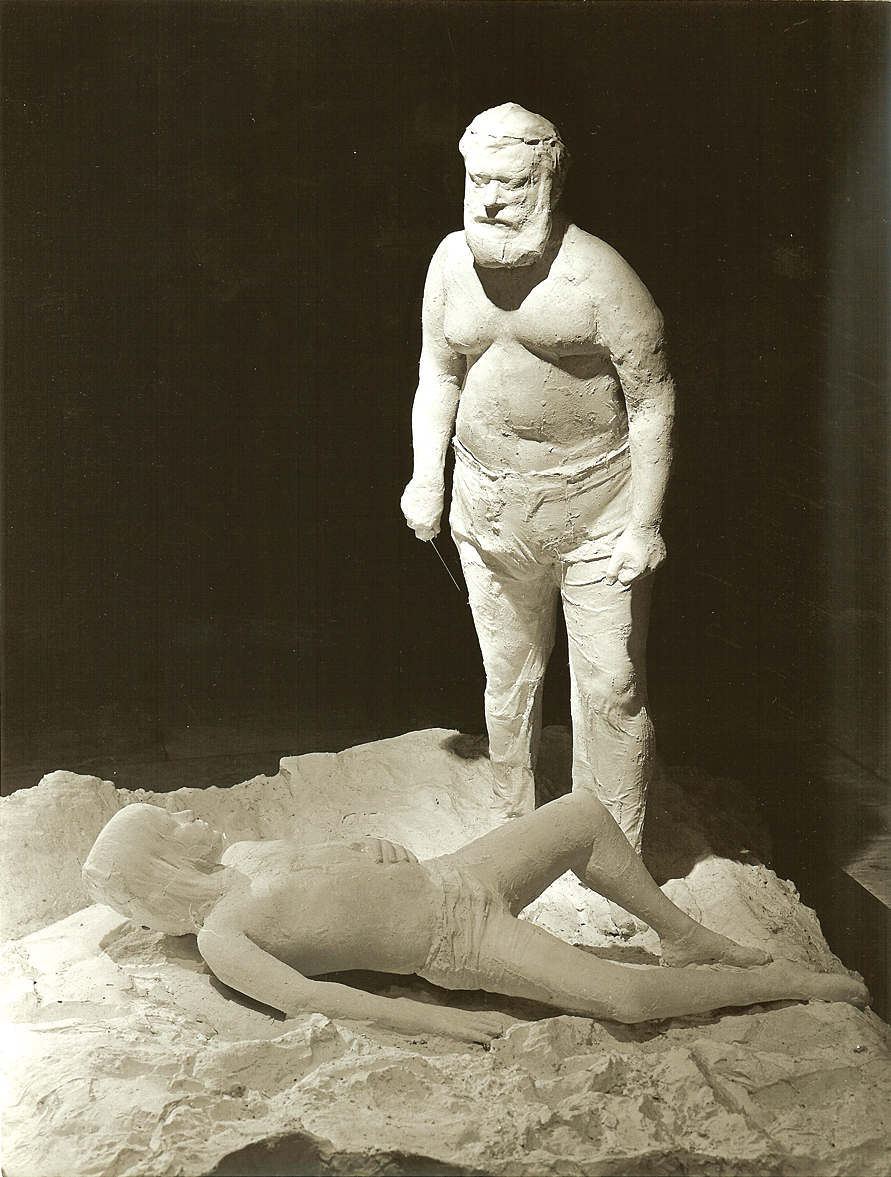
Engage with this Source
Creator Bio
George Segal
1924–2000
American sculptor George Segal is known for his real-life tableaus of plaster sculptures, cast from living models. He began his artistic career as a painter, but did not turn to sculpture until the 1950s, after he had established himself as a painter and an associate of other New York artists involved with environments and “Happenings”; indeed, the first Happening took place on his New Jersey chicken farm in 1957. While his early plaster sculptures were unpainted, from the late 1960s on, he used vivid colors in some of them. Segal’s first major retrospective was presented at the Walker Art Center in Minneapolis, the San Francisco Museum of Modern Art, and the Whitney Museum of American Art, New York (1978). He also produced a number of public monuments cast in bronze, including several powerful Holocaust memorials.
You may also like
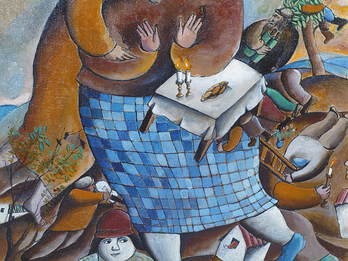
Sabbath
Gurvich began increasingly to focus his work on his Jewish heritage after his first trip to Israel in 1955. His paintings depict Jewish life and culture in dreamlike imaginary worlds, in a style and…
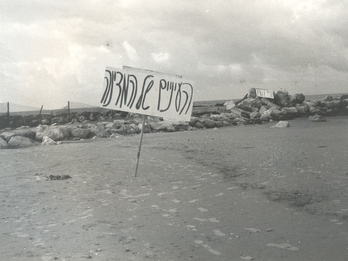
The Eyes of the Nation
After the Yom Kippur War (1973), it became increasingly common for Israeli artists to address political issues and criticize Israeli society. In 1974, Na’aman placed two signs on the Tel Aviv beach…
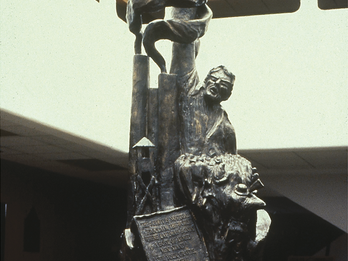
Remembrance
Remembrance was commissioned by Congregation Agudas Achim in Bexley, Ohio. The nine-foot-tall bronze sculpture depicts smoke rising from a crematorium, intertwined with the arm of a survivor…
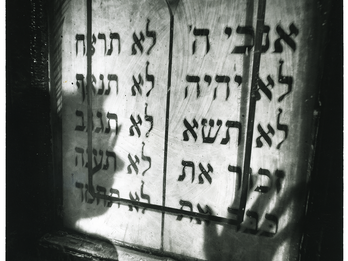
Shadow and Synagogue
Shadow and Synagogue is one of a series of about one hundred photographs by Tress that appear in his 1975 book, Shadow, A Novel in Photographs. In the book’s visual narrative, the photographer’s…
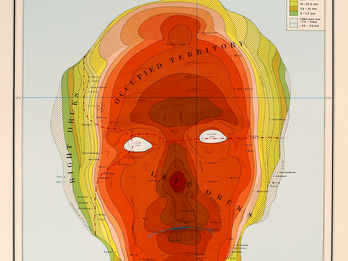
Druksland
Druks was commissioned to create this self-portrait in the form of a topographical map, by Steendrukkerij de Jong & Co., a large European printing house, who used it as a promotional gift for their…
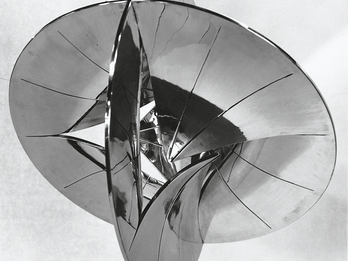
Cabbalistic Sphere
Cabbalistic Sphere, a sculpture made from polished aluminum, is one of Kaish’s many works inspired by ancient Jewish texts. Some of her works with spiritual and metaphysical themes are abstract…

